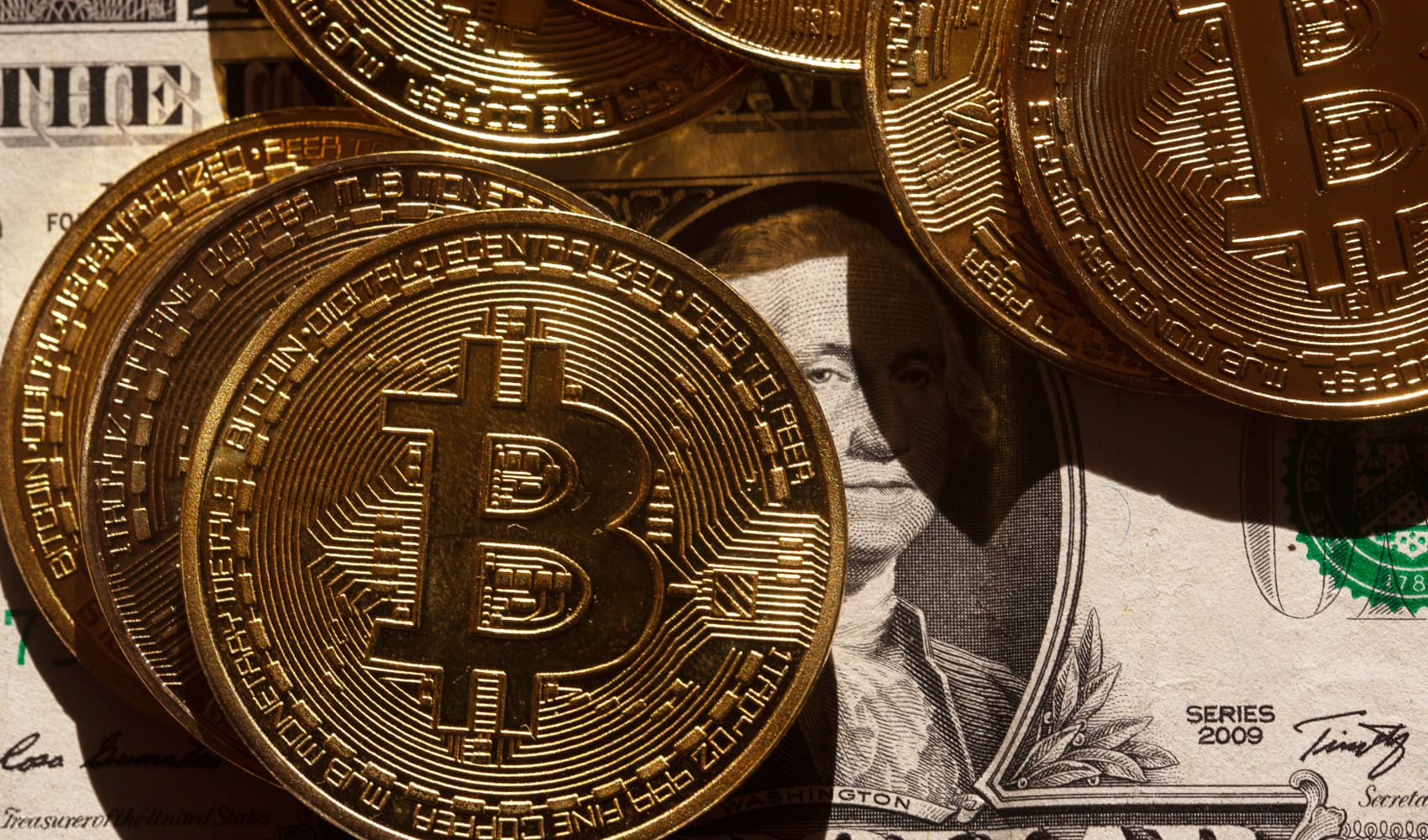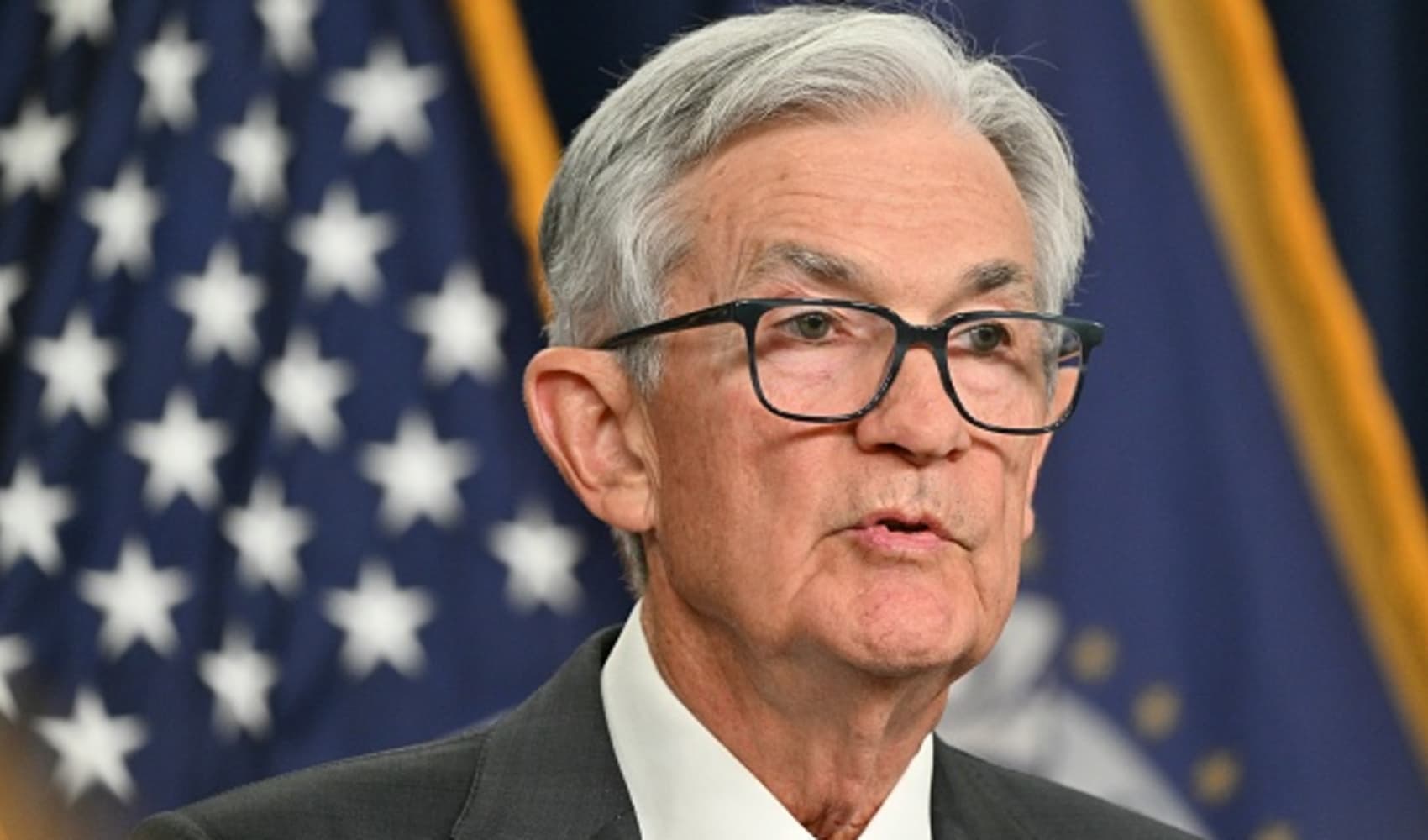
The price of platinum has soared as high demand meets low supply.
- The price of platinum is forecast to surge this year thanks to factors including power cuts in South Africa, the war in Ukraine and the increased production of hybrid cars.
- "The key point is that we're expecting a pretty significant 24% year-on-year growth in terms of total demand," Ed Sterck, Director of Research at the World Platinum Investment Council told CNBC, but supply is only set to increase by 13% compared to last year.
The price of platinum is forecast to surge this year thanks to factors including power cuts in South Africa, the war in Ukraine and the increased production of hybrid cars.
Investment bank UBS readjusted its price forecast for platinum in 2023, estimating that the precious metal will cost $1,150 per ounce for June, up from a previous estimate of $1,100, and will reach $1,200 per ounce in December. The precious metal was priced at $1,004.90 per ounce at the time of writing.
"Following a strong rally at the start of the year, rising US interest rates sparking growth concerns and a stronger US dollar have weighed on platinum," UBS said in a research report last month.
Get top local stories in Connecticut delivered to you every morning. Sign up for NBC Connecticut's News Headlines newsletter.
"We advise investors with a high risk tolerance to add exposure or to sell the downside price risks," the report said.
Platinum achieved its best quarter since 2008 in December when it reached $1,086 per troy ounce, up more than 26% compared to the start of that three-month period.
According to the World Platinum Investment Council there will be a "deeper-than-expected" global deficit of platinum in 2023 as demand soars and supply struggles to keep up.
Money Report
The Council forecasts a deficit of 556,000 ounces (556 koz) this year, following a global surplus of the precious metal for the previous two years.
In 2022, the WPIC recorded a 776,000-ounce surplus but in 2023 supply is set to be outstripped by demand, causing a "meaningful shortfall," according to Ed Sterck, director of research at the WPIC.
"The key point is that we're expecting a pretty significant 24% year-on-year growth in terms of total demand," Sterck told CNBC, but supply is only set to increase by 13% compared to last year.
"On the demand side of the equation, we think [platinum is] pretty well protected from economic uncertainty," Sterck said, while a number of factors feed into the "constrained outlook" on the supply side.
Supply issues
The refined mine supply of platinum dropped 18% year-on-year in 2022, according to the WPIC, with South Africa and Russia having seen the biggest decreases.
South Africa typically accounts for more than 70% of the world's platinum mining supply, according to UBS, but the process has been restricted by the country's deepening power crisis. The WPIC reported a 24% year-on-year decline in the country's output in 2022, and anticipates continued volatility that will leave the mining supply "largely unchanged" this year.
Russian supply dropped 10% year-on-year in 2022, with war-induced geopolitical tensions preventing the transportation of platinum-containing products. The WPIC estimates that international transportation issues will persist this year and that overall platinum production in Russia will "decline slightly, but remain robust."
Recycling recovery
Recycling is the other main source of platinum, but global supplies of recycled platinum also dropped in 2022. Cars were being driven for longer due to reduced availability of new vehicles and changing consumer habits, the WPIC report said, while the amount of platinum-containing jewelry being scrapped also dropped last year. Weaker jewelry sales in China "constrained selling-back activity," according to the report.
There will be some recovery in the recycled platinum supply in 2023, but the amount will remain below pre-pandemic levels, the WPIC estimates.
Increased demand
Platinum is becoming an increasingly important component in new cars, with the precious metal replacing pricier palladium in catalytic converters. The metal helps to neutralize harmful emissions in vehicles and so tighter emissions legislations and increased popularity of hybrid vehicles only puts a greater squeeze on platinum demand.
Global automotive demand for platinum is expected to increase by 10% in 2023 to 3.246 million ounces, according to the WPIC.
Jewelry is "probably the area of greatest uncertainty" when it comes to platinum demand, Sterck told CNBC, but it is a relatively small component in the picture.
Demand is expected to increase, although only by 2% to 1.936 million ounces, according to the WPIC. Global demand will be hampered by the impact of economic uncertainty of Chinese consumer spending and recession fears across Europe.
Industrial demand for platinum will increase by 12% year-on-year in 2023, according to the WPIC, with platinum usage in the glass and medical industries, in particular, expected to increase.
All factors considered, it is "relatively likely" the platinum market is entering "a sustained and prolonged deficit," Sterck told CNBC.






